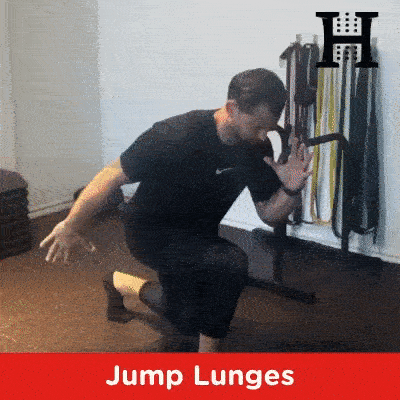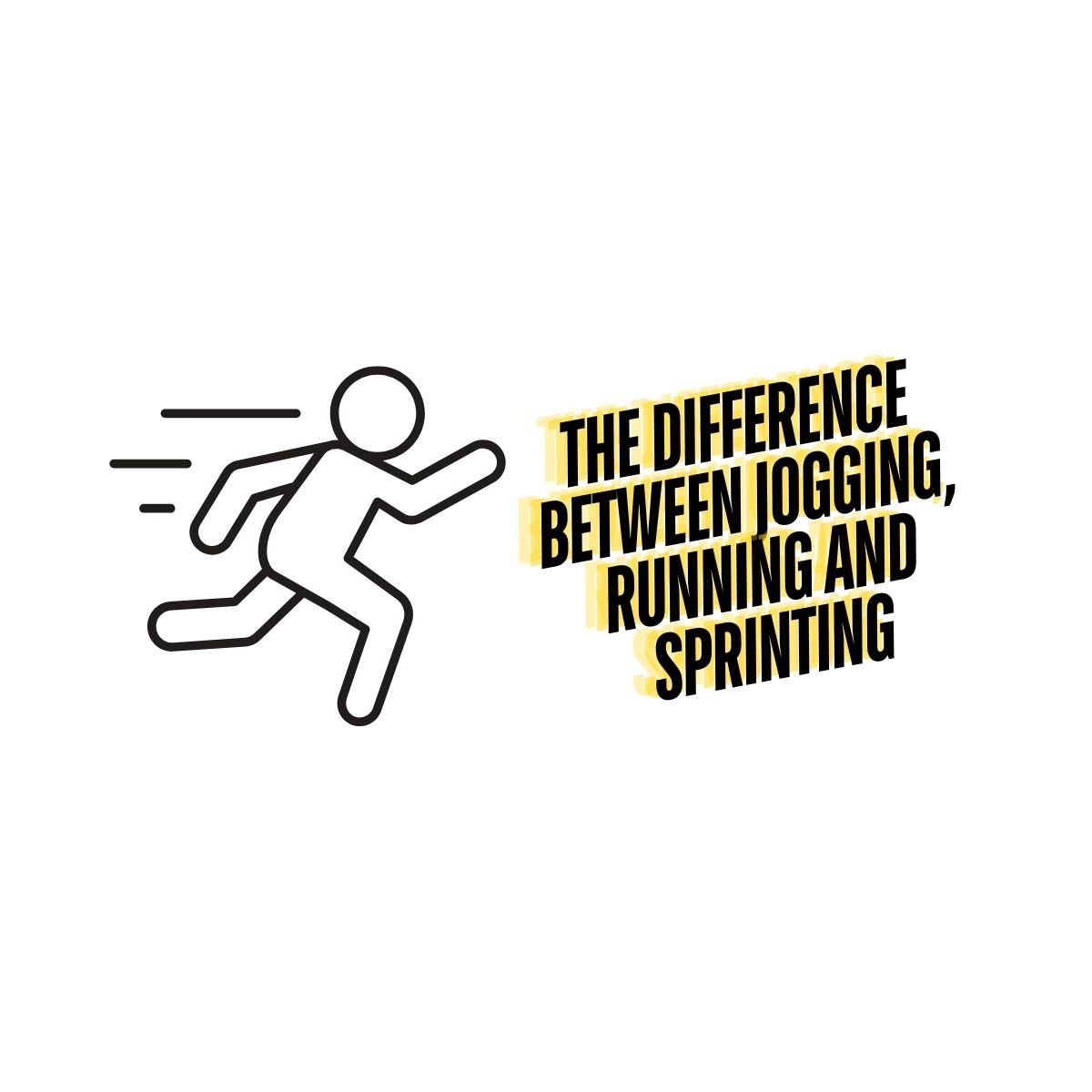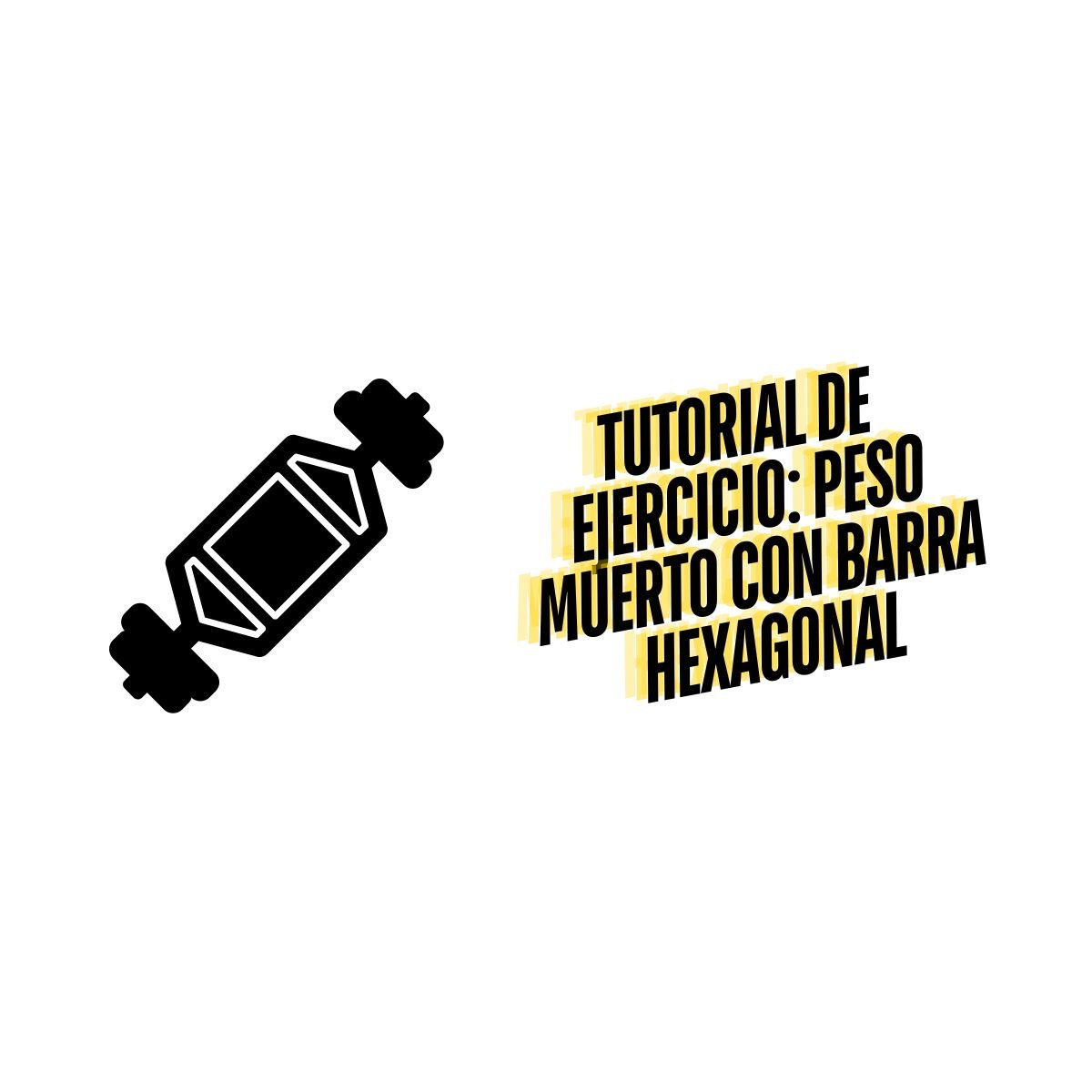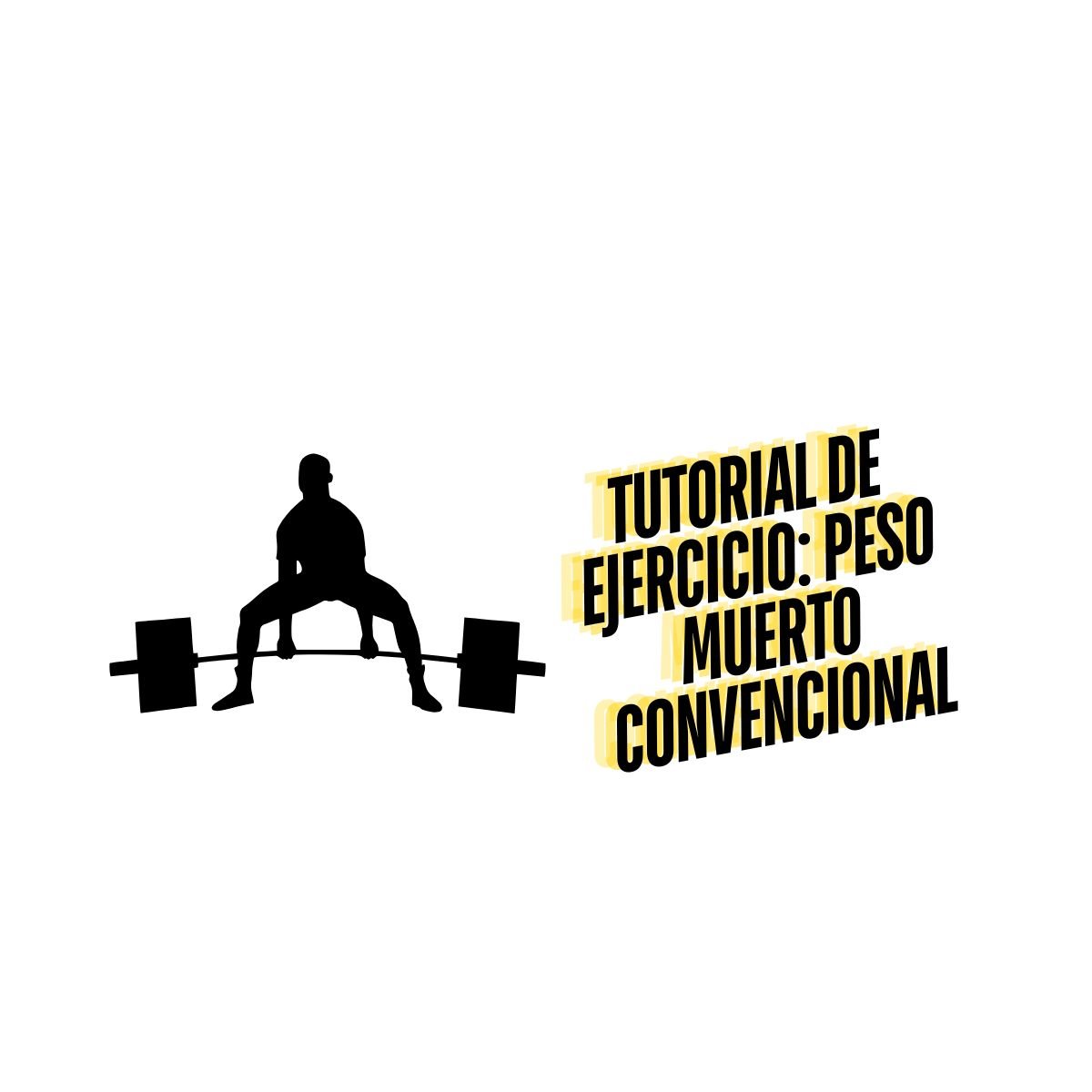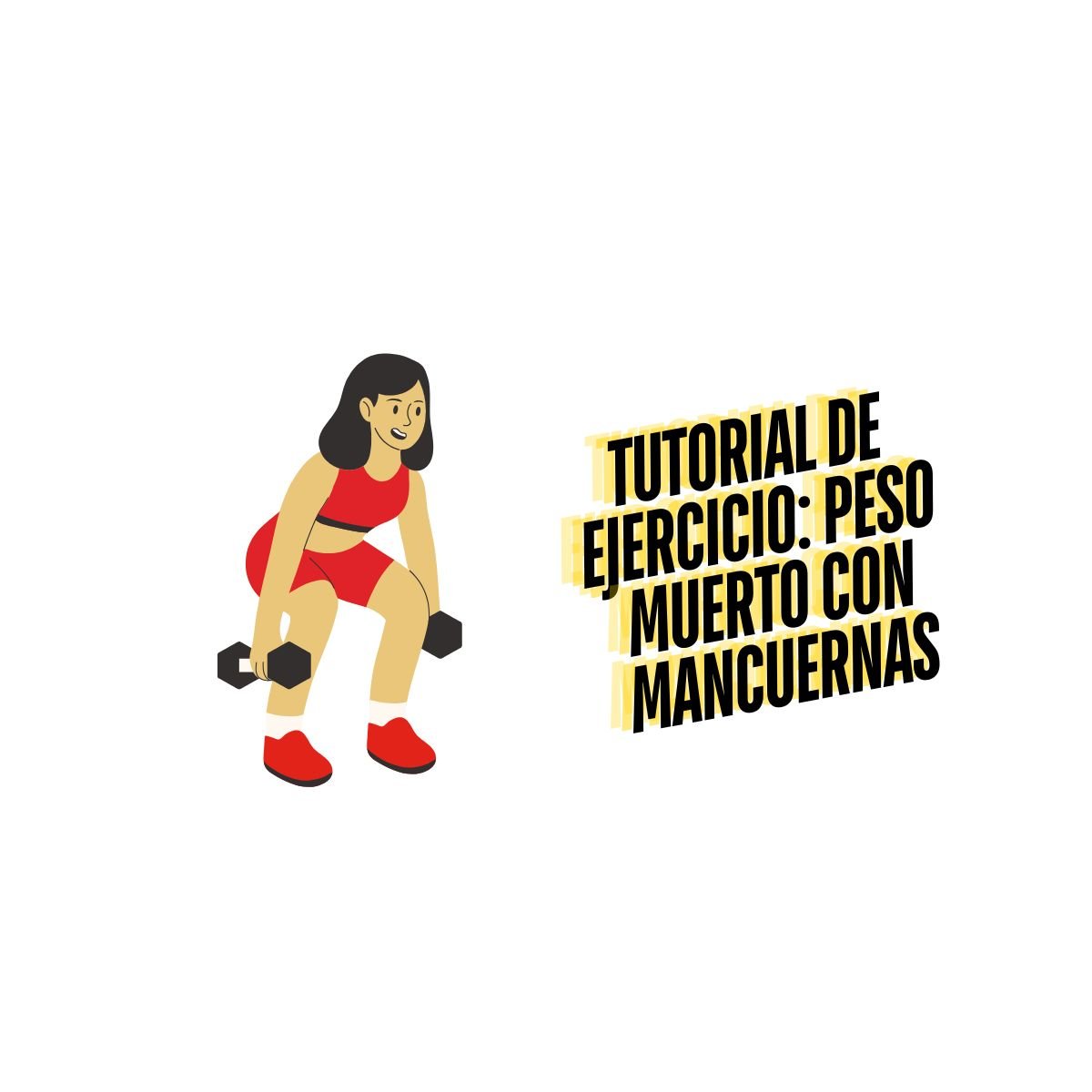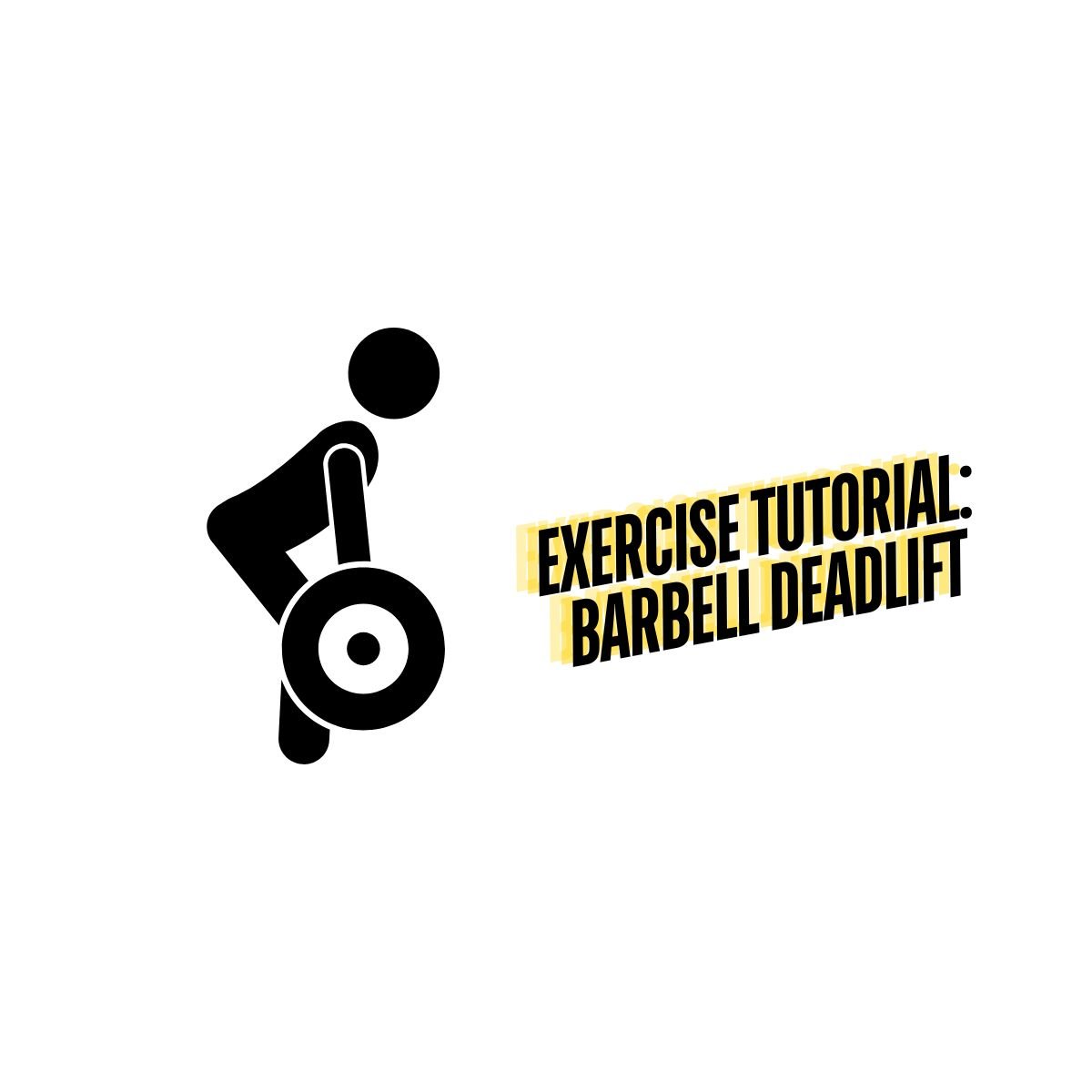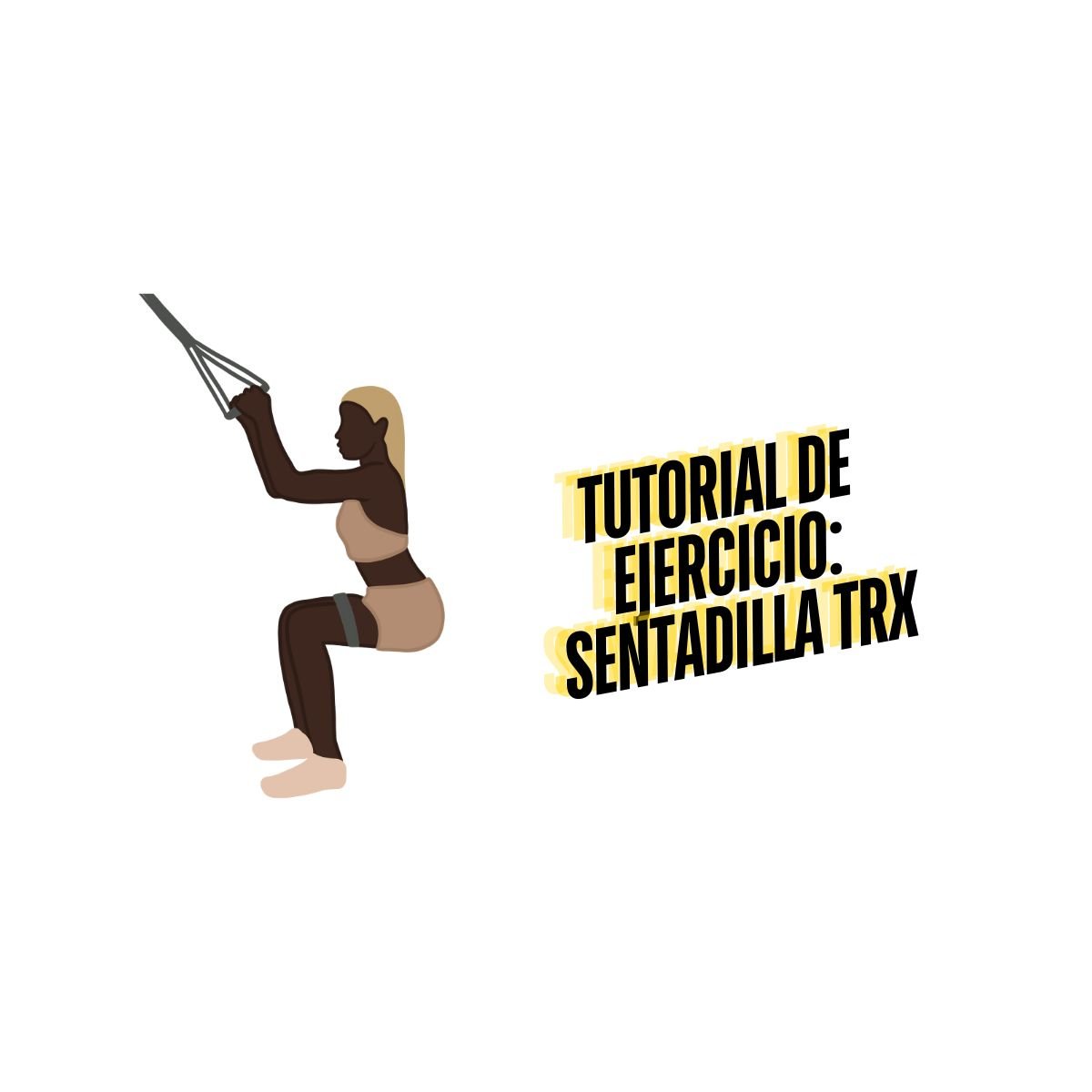Exercise Tutorial: Jump Lunges
Table of Contents
What Are Jump Lunges
Jump Lunges (also commonly referred to as Alternating Jump Lunges or Jump Switch Lunges) is a variation of the conventional lunge that increases the intensity and difficulty by adding a jump, thus turning the conventional lunge into a plyometric exercise that will increase lower body strength and power, boost your heart rate and help you burn more calories.
How to Do Jump Lunges
Start by standing up right with feet hip width apart
Step forward into a conventional lunge position, lowering your body until your front thigh is parallel to the floor. Be sure that your weight is over the midfoot of your front foot and that your knee is in line with your toes.
Extend up through the legs and jump. Use arms to balance and gain momentum
When in the air, quickly swap positions of your legs so they’re in an alternate lunge position
Gently land back on the floor in this position, with a balanced foot position, making sure your front knee is over your front foot but not beyond it.
Repeat this movement, alternating legs on each jump for the desired amount of reps.
Throughout the movement, be sure to keep your weight over your midfoot, chest up, core engaged and your hips, knees and ankle in alignment.
Why Is the Jump Lunges Useful
The Jump Lunge is useful because it’s a great lower body exercise that increases your strength, power and stability as well as challenges your coordination. It doesn’t require any equipment or a lot of space making it great exercise that can be performed anywhere for those who don’t have access to a gym or have limited space.
Jump Lunges are also useful because not only does it improve your strength but your cardiovascular fitness as well. Jump Lunges are a plyometric exercise made to increase your lower body explosiveness as well as boost up that heart rate, helping you burn more calories than in a conventional lunge.
Although this exercise is more on the difficult side, as it takes strength and a lot of coordination, almost anyone can do it. If you’re a beginner, try starting out with fewer reps or even regress to a reverse or forward lunge to build your strength in this position. Once enough strength has been built, you can work your way up to completing Jump Lunges.
For those more experienced clients, you can try to progress this exercise by adding a load (KB, MB or DB), completing the movement faster to make it more of a high intensity exercise, jump higher to make it more plyometric or perform a Jump Lunge Variation.
Performing jump lunges helps increase a higher vertical jump.
Jump Lunges Muscles Worked
Quadriceps
Hamstrings
Core
Benefits of Jump Lunges
There are many benefits to performing Jump Lunges. Some include:
Improved cardiovascular fitness
Improves lower body strength and power
Can be incorporated into HIIT workouts or circuit training
Improved muscular endurance and speed
Enhances stability
Doesn’t need equipment
Variations to Jump Lunges
Dumbbell Forward or Reverse Lunge
Lateral Lunges
Clock Lunges
Reverse Lunge to Knee Drive
Sprinter Lunge
Jump Lunge + Twist
The Jump Lunge + Twist is similar to our conventional Lunge + Twist, we are just simply adding a jump. So, as we perform our first lunge jump, we softly land, lowering into a lunge where the thigh of our front leg is parallel to the ground. We pause at the bottom and twist or torso in same direction as our front foot (left foot forward, rotate to the left) before returning back to our original position. Extend the legs jumping into the air and quickly switching your legs as we land in an alternate position and rotate to the other side.
Alternating Jump Lunge to Squat
To perform the Alternating Jump Lunge to Squat, follow the same directions as the original Jump Lunges. The only difference is instead of directly switching our legs in the air and landing in the alternate lunge position, we transition to a squat in between switching legs. So, if we are starting with our right foot going forward, we lunge down and jump up. When landing, we bring our feet together and land in a squat position with our feet approximately hip width apart and weight over our midfoot. As we squat down, we then jump back up, quickly moving our legs in the air to land in the alternate lunge position (left foot forward) maintaining a low athletic stance throughout the movement with our back straight and core engaged.

